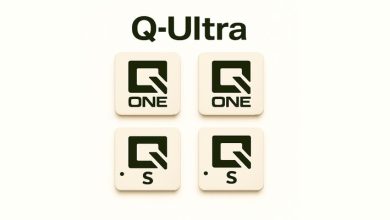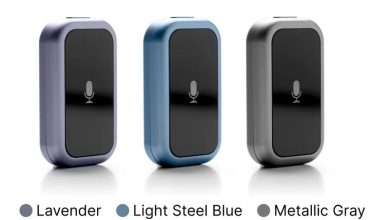Cash-heavy businesses move large volumes of bills every day. Retail stores, restaurants, banks, salons, and convenience shops all depend on quick, accurate cash handling to keep operations running smoothly. That is where money counting machines start to make a real difference from day one.
Instead of relying on manual counting at the end of every shift, your team can rely on a consistent, automated process. The result is faster checkouts, quicker closes, and fewer disputes about totals.
1. Faster Cash Handling and Shorter Lines
Manual counting slows down closing routines and mid-day drops. A machine processes stacks of notes in seconds, so staff can move on to customer service, stocking, and other tasks that matter more.
Shorter wait times at the register create a better experience for customers. When the drawer closes quickly and deposits happen on schedule, staff feel less rushed and more in control of their workflow.
During peak hours, this extra speed helps keep lines moving instead of backing up across the store. Managers can schedule fewer people on pure cash handling and assign more team members to greeting customers or restocking shelves.
Over time, quicker counts turn into smoother shifts, calmer staff, and a checkout process that feels efficient instead of stressful.
2. Improved Accuracy and Fewer Costly Mistakes
Even the most careful employee can miscount a stack of bills after a long shift. A machine uses sensors to track every note and delivers consistent totals each time. This reduces mismatched drawers and time wasted recounting.
Better accuracy also protects margins. Small errors add up over weeks and months, so fewer miscounts mean cleaner books and more reliable financial reports. It also cuts down on awkward conversations about shortages at the end of a shift.
Audits run more smoothly because you can point to clear, machine-generated totals instead of handwritten notes. Over time, this consistency builds trust in your cash handling process from staff, managers, and external partners.
3. Lower Risk of Internal Shrinkage
Clear, consistent counting procedures discourage internal theft. When every drop and drawer count runs through the same device, it becomes much harder for missing cash to go unnoticed.
Staff know that every bill gets recorded, which supports a culture of accountability. This structure protects honest employees and reduces the temptation for bad behavior.
4. Easier Reconciliation and Reporting
End-of-day reconciliation becomes smoother when cash totals come from a machine instead of manual tallies. Staff can quickly match machine counts with POS records and bank deposit slips.
This speeds up closing tasks and reduces overtime. Managers gain more confidence in the numbers and spend less time chasing discrepancies or redoing paperwork.
5. Better Use of Staff Time and Skills
Employees add the most value when they focus on service, sales, and operations, not counting stacks of bills. A machine takes over repetitive tasks so team members can handle customers, manage displays, or support upsells.
Over time, this shift in focus creates a more productive environment. Staff feel more engaged and less bogged down by tedious routines, while the business gains efficiency without sacrificing control over cash.





